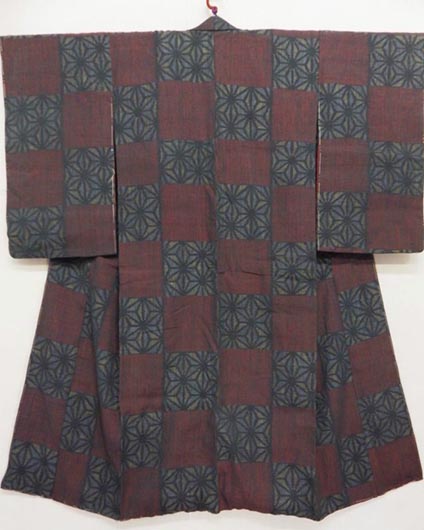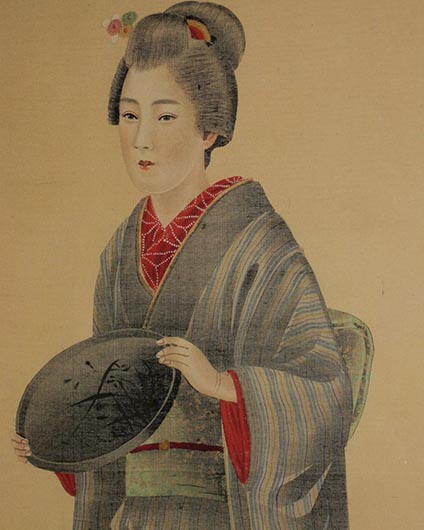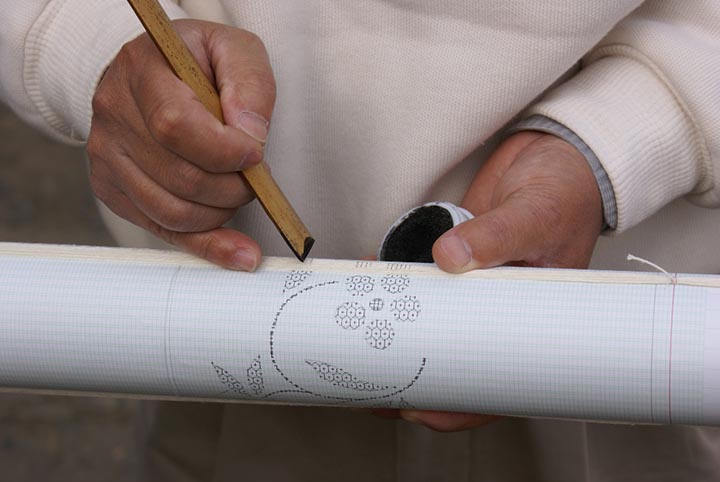Looking back to my time in Japan, it comes to my mind unforgettable sensations, the smell of incense spirals fragrant, the taste of green tea, the colour of the petals of cherry trees in the dawn sky, the wind rustling in cryptomerias and the feeling of wearing silk, particularly Yuki-tsumugi silk.
Is Yuki-tsumugi silk so soft because it is entirely handmade? Or, has the expertise and knowledge behind the work of Yuki Tsumugi defined its unique softness? Is it because the wire is simply handspun and untwisted? Could it be possible that the silk contains certain proteins that are similar to those of human skin?
One thing is sure, my silk Kimono will last my entire life and will be passed on to my daughter, granddaughter and maybe great granddaughter.
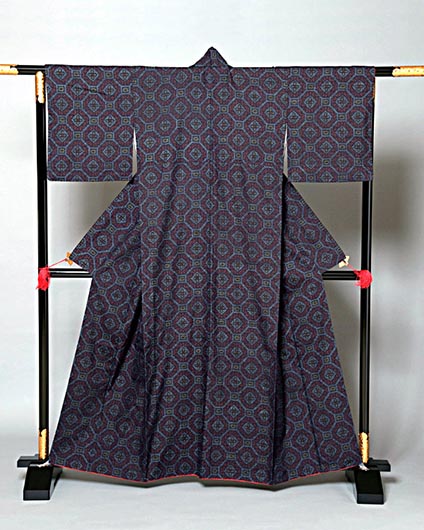
A Weaving Art
Born in the Heian era of peace (平安时代) in the eighth century, silk Kimonos were used as an offering to ‘shoguns’ (military commanders). The farmers of Yuki City and Oyama City, north of Tokyo started with this silk waiving techniques. The production of the material includes several stages: silk floss is spun into yarn by hand, with patterns added by hand-tying bundles of yarn before dyeing the yarn with indigo, then the silk is woven using a back-tension loom.
The silk floss for the yarn in Yuki-tsumugi weaving is produced from empty or deformed silkworm cocoons, otherwise unusable for the production of silk yarn. This smart recycling activity plays a significant role in supporting local communities. This process only uses natural pigments and is free of chemical additives. In 1996 , the Japanese government named this Japanese craft of silk cloth a national heritage and in 2004 UNESCO inscribed it in its Representative List of the Intangible Cultural Heritage of Humanity.
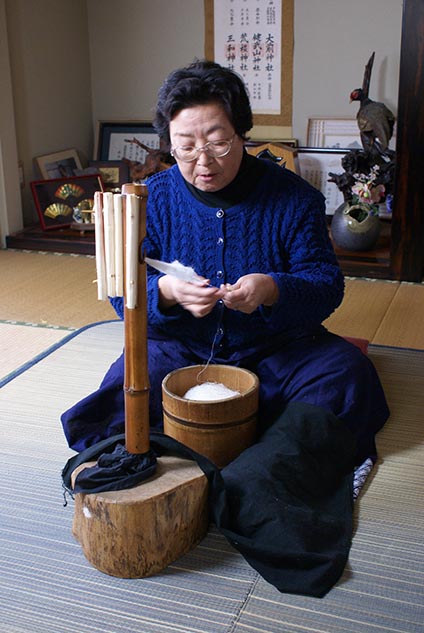
Yuki-tsumugi: Silk Fabric Production Technique
A Cultural Asset
This treasure is perpetuated by about 130 artisans through Tsumugi-no-Sato Association. At a time when speed is often confused with precipitation, making this fabric looks like a monastic vocation. It takes up to a year to produce a handmade Kimono silk pongee. This is a very sophisticated technique where the knowledge and taste of the craftsman are the first ingredients for its creation.
The many stages of its manufacture, including spinning silk floss, making tangles before yarn dyeing to produce patterns and weaving on a loom back strap, are slow and precise to the minimum detail.
The designs featured have evolved throughout the years, from geometric graphics to splashed patterns, but its lightness, softness and warmth continue to be the same. Despite Western fashion advances, Yuki-tsumugi Kimonos remain the favourite garments among Japanese acknowledging the fact that high quality surpasses trends.
Yuki-tsumugi silk is an example of what we would most likely find in a ‘socially responsible’ luxury sector. It is an ecological, ethical, profitable and sustainable item closely tight to history and heritage. This ancient fabric can reconnect with the imperishable beauty of well done processes and products. For me, Yuki-tsumugi silk shows us the passage of time not as a race but as an aerial dance, and gives us the “fluidity of a deployed unhurried time in space”. It represents the beauty of Japan itself.
